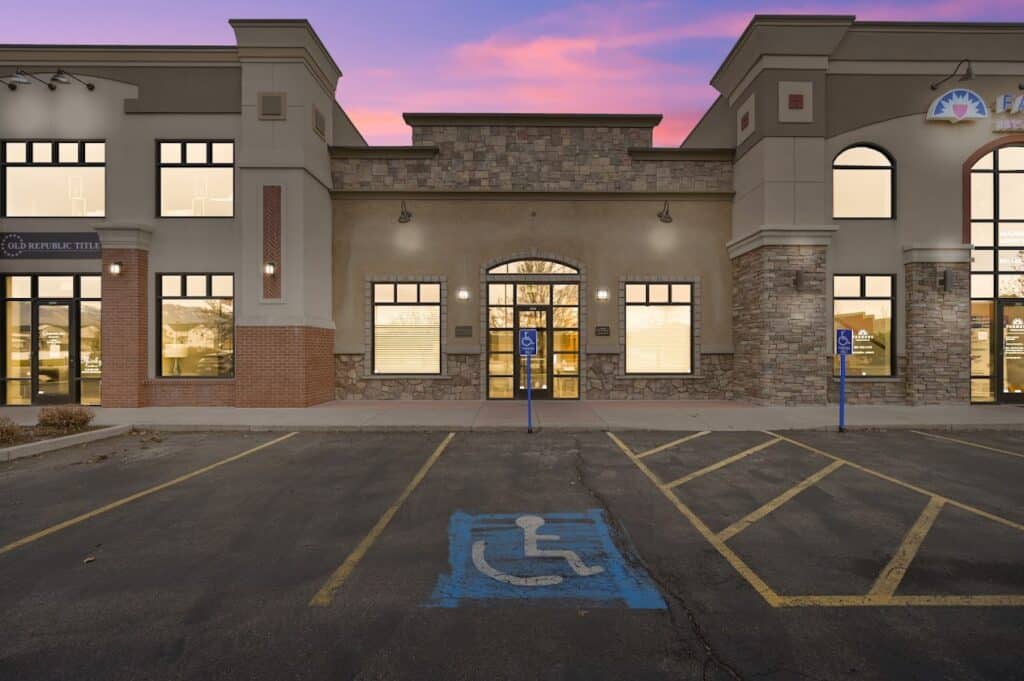Post-traumatic stress disorder (PTSD) is a mental health condition that can develop after experiencing or witnessing a traumatic event. Trauma can be defined as an event or experience that causes a person to feel intense fear, helplessness, or horror.
PTSD is a complex condition that affects many people, including those who have experienced military combat, sexual assault, natural disasters, or other traumatic events.
Some common causes of PTSD include:
PTSD symptoms can vary from person to person, but they typically fall into four categories:
Intrusive thoughts
Avoidance behaviors
Negative mood
Hyperarousal
Physical Symptoms
PTSD is not just a psychological condition; it also has physiological and biological components. In response to a traumatic event, the body releases stress hormones such as cortisol and adrenaline. These hormones help the body respond to stress in the short term, but over time, they can cause damage to the body and brain.
Brain Structure and Function
Research has shown that people with PTSD have differences in brain function and structure compared to those without the condition. For example, the amygdala, a part of the brain that processes emotions, is often overactive in people with PTSD. This can cause a person to be easily triggered by reminders of the traumatic event, leading to symptoms such as flashbacks or panic attacks.
Body’s Stress Response System
PTSD can also lead to changes in the body’s stress response system, including alterations in the HPA axis (a network of neuroendocrine systems) and the sympathetic nervous system. These changes can cause physical symptoms such as increased heart rate, sweating, and muscle tension.
Storage in the Body
Trauma can be stored in the body, leading to physical symptoms such as chronic pain or fatigue. Research has shown that trauma can cause changes in the body’s stress response system, leading to chronic inflammation and other physical symptoms. Trauma can also cause changes in the way the brain processes pain signals, leading to an increased sensitivity to pain.
Triggers
Triggers are events or experiences that remind a person of the traumatic event and can lead to PTSD symptoms. Triggers can be anything that reminds a person of the traumatic event, including sights, sounds, smells, or even emotions.
Common triggers for people with PTSD include:
PTSD can be a chronic condition, but it is treatable. Treatment options for PTSD include therapy, medication, and self-help strategies.
Therapy for PTSD typically involves cognitive-behavioral therapy (CBT), which can help a person identify and challenge negative thoughts and beliefs related to the traumatic event. Exposure therapy is another common form of therapy for PTSD, which involves gradually exposing a person to their triggers in a safe and controlled environment.
EMDR, a therapeutic approach used to treat individuals with PTSD and other trauma-related conditions. Developed in the 1980s by Francine Shapiro, it has since gained widespread recognition and acceptance as an effective treatment for trauma.
EMDR is based on the idea that traumatic memories are stored differently in the brain than non-traumatic memories. During a traumatic event, the brain’s natural coping mechanisms can become overwhelmed, leading to the event being stored as a “frozen” memory that is difficult to process and integrate. This can result in symptoms such as:
EMDR works to reprocess these traumatic memories so that they can be integrated into the individual’s overall memory network.
The EMDR process involves a series of phases that are designed to help the individual reprocess traumatic memories.
EMDR has been shown to be effective in treating a wide range of trauma-related conditions, including:
Research has also suggested that EMDR can be more effective and efficient than traditional talk therapies for trauma-related conditions. EMDR has also been shown to be effective with a variety of populations, including children, military veterans, and survivors of sexual abuse.
While the exact mechanisms of action for EMDR are still being studied, it is believed that the bilateral stimulation used during treatment may help to:

We are specifically formulated to offer personalized therapeutic interventions to adult individuals with mental health disorders.

We provide a comprehensive Intensive Outpatient Program (IOP) that offers clients the opportunity to attend group therapy sessions three to five times a week.
© Copyright 2024 Corner Canyon™ | All Rights Reserved | Privacy Policy
